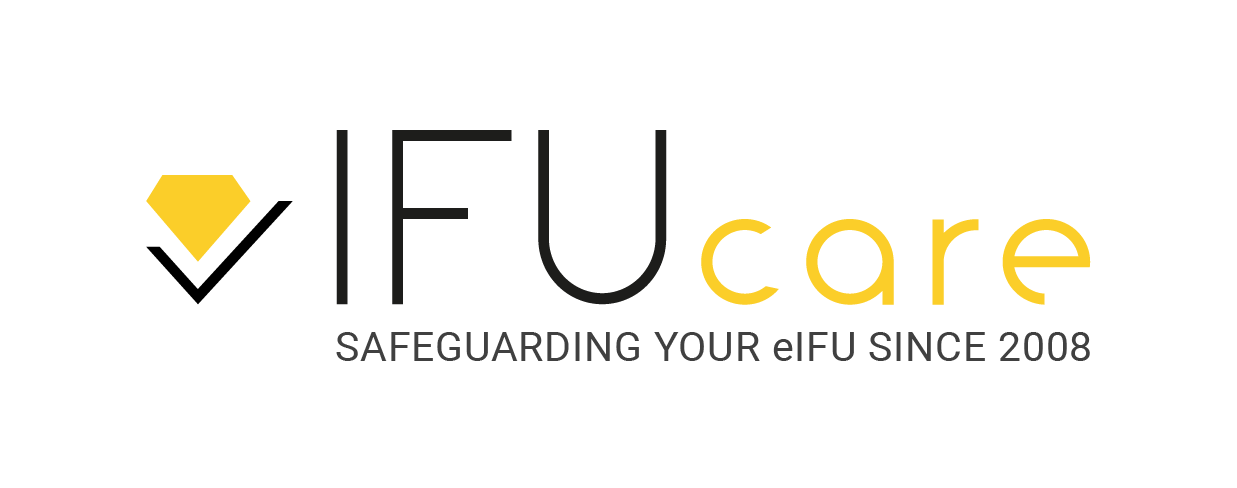Defining the future of eIFU services
A Q&A with Dimitri Jordens, IFUcare, addressing how changing customer needs and evolving regulatory requirements are impacting on a new way of working and forging new innovations.
Today’s electronic instructions for use (eIFU) landscape looks very different than it did three years ago. Technological advancements are enabling the continuous improvement of eIFU services, enhancing efficiency, security and user experience. And as medical devices and in vitro diagnostics become ever more complex and competition intensifies, manufacturers are demanding more from their eIFU service providers. Customer demand, along with changing regulatory requirements, is driving a new way of working and shaping new innovations.
IFUcare has recently developed two new software updates. Could you introduce the subscription service?
Dimitri Jordens: Our system primarily focused on delivering content. Until now, somebody searching for a product could identify the product using information such as a reference code or a product number, and they could download their IFU or another document. Nowadays we’re looking to also allow them the possibility to subscribe to updates of this content. They can leave an email address and if a manufacturer gives an update, releases a new version or adds an entirely new document, they are automatically notified.
That’s going to have a major impact. On one hand, we’re going to make life easier for our end users. On the other, it takes away a huge source of risk for manufacturers, who are facing the regulatory requirements to notify their users. From now on, they can outsource that mandate, which will be a major asset. It will significantly reduce risk and increase operational efficiency for manufacturers.
What about the restricted access functionality?
Dimitri Jordens: We’re also working to put in place restricted access. Until now, everything that was in our system was publicly accessible. There were no restrictions, meaning anybody could go in and search for the product. We were offering a great system for eIFU, but manufacturers typically still had a separate download portal for other content. We were seeing an increasing demand from our customers to be their central access portal for their content to streamline the flow of information.
With the addition of restricted access, we’re offering the possibility for a broader range of information to be managed. Now we can give specific access to specific groups in a single portal. They can all use the same interface but have different access.
So while we were previously restricted to public content, we can now talk about more proprietary information, which could be technical drawings or data required for technical submissions. It can be regulatory quality production data, which you can aim at a certain audience.
What was the driving force behind developing these functionalities?
Dimitri Jordens: With the subscriptions, it was part regulatory, part customer demand. Regulation 2021/2226 requires manufacturers to provide updates to users who have downloaded a document. Until now, that could be done by the regulatory team they have in place, using established field safety corrective action procedures. For example, in the case of a recall, they know who they sell to, so they could notify customers manually. But a lot of our customers were looking at us to put a system in place which would mean they don’t need to worry about sending out updates. We see it as our responsibility to make the life of our customers more convenient.
The restricted access was driven mainly by customer demand. That’s the market asking us to streamline and go beyond the regulatory content.
What further advancements can we expect to see?
Dimitri Jordens: The market may be demanding an overarching system where people can look for data on multiple manufacturers at the same time. Until now we’ve been working for each individual customer or manufacturer. The subscription module could become the first time that we will make a portal accessible for an end user, where they can manage subscriptions across manufacturers. It’s the first time we’ll be putting in place something overarching.
The eIFU market is beginning to demand functionalities that go beyond regulations. Since Covid-19, the market is becoming more vocal and more demanding with respect to access and simplicity, and streamlining of information.
It’s a completely different world compared to three years ago. This is a challenge in an industry that is typically very slow-moving. As we face new challenges, we will build on and strengthen our existing partnerships with manufacturers.
Further details:
For more information on this topic, please download the whitepaper below.
The software requirements underpinning robust eIFU platforms
CONTACT US
ISO 13485 and ISO 27001 certified
Pas 257, 2440 Geel BELGIUM
+32 (0)14 49 04 22
FAQ
Privacy Policy | Terms & Conditions | Cookie Policy
IFUcare is a brand name of Qarad
IFUcare and Qarad are part of the

